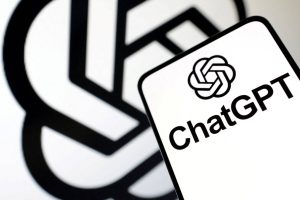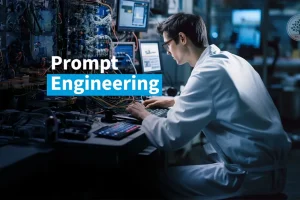In the age of big data, acquiring massive labeled datasets to train AI models has become standard practice. However, for many niche, specialized tasks, assembling enough diverse and high-quality data remains challenging and costly.
This is where the revolutionary technique of few-shot learning comes into play. By enabling models to learn effectively from just a handful of examples, few-shot learning tackles the data scarcity bottleneck holding back AI progress across numerous real-world applications.
This guide will explore the motivation behind few-shot learning, dive into some of the latest advancements in techniques and algorithms, highlight exciting use cases, and predict what the future may hold for this rapidly evolving field.
The Challenge: Data Scarcity and Its Limitations
While data-hungry deep learning models have achieved remarkable results in recent years, their reliance on massive datasets poses challenges:
- Labeling data is expensive and time-consuming, requiring substantial human time and expertise.
- Privacy and ethical concerns can restrict access to real-world data.
- The real world changes rapidly, and models need to adapt to new data with very limited examples.
As AI expands into more specialized domains like healthcare, robotics, and natural language understanding, the scarcity of tailor-made data seriously hinders progress. Few-shot learning offers a paradigm shift to enable rapid, data-efficient adaptation.
Unveiling the Secrets: Key Advancements in Few-Shot Learning
Rather than training models from scratch, few-shot learning focuses on acquiring the ability to learn itself. With just a few examples, models can master new concepts, tasks, and environments. Here are some of the most promising published techniques:
1. Metric Learning
Metric learning methods aim to learn a semantic “distance” to measure similarity between data points. By understanding relationships within data, models generalize better:
- Compare new inputs to few labeled reference examples
- Infer correct classification based on proximity in the learned metric space
2. Meta-Learning
Inspired by human learning, meta-learning optimizes models to “learn how to learn” rapidly from limited samples through two phases:
- Meta-train: Train model on large sets of similar few-shot learning tasks.
- Meta-test: Evaluate model on new few-shot tasks.
3. Generative Models
Generative models like GANs artificially augment limited data by synthesizing new, plausible data points:
- Learn robust data distributions from few examples
- Sample from distributions to train themselves or other models
4. Transfer Learning
Leveraging models pre-trained on large datasets as starting points significantly boosts few-shot performance:
- Provides strong initialization for new tasks
- Fine-tune pre-trained models with limited data from new domains
Real-World Applications: Where Few-Shot Learning Makes a Difference
The potential for few-shot learning extends far beyond the lab. With data efficiency unlocking previously intractable real-world use cases, here are some of the most promising domains for impact:
Medical Diagnosis
Analyze scans, tests, and images to detect rare diseases earlier with limited patient data available.
Personalized Recommendations
Understand user preferences from minimal interaction and tailor unique recommendations.
Robot Learning
Enable robots to adapt to new tasks and environments with fewer examples through reinforcement learning.
Natural Language Processing
Understand and translate between low-resource languages fast using little or no bilingual corpus.
Autonomous Driving
Navigate edge cases and novel environments with improved safety using limited on-board sensory data.
The Future of Few-Shot Learning
As techniques mature and real-world adoption accelerates, few-shot learning has an exciting roadmap ahead:
- Integration with related advances like self-supervised learning, reinforcement learning, and multi-modal understanding for more powerful and flexible models.
- Scaling up from simple classification tasks to complex reasoning and decision-making problems.
- Developing online, lifelong learning systems continuously adapting to changing environments.
However, challenges around bias, transparency, and responsible implementation remain at the frontier of research.
Staying Grounded As Progress Accelerates
To build trust and mitigate risks as few-shot learning becomes more advanced and autonomous, experts emphasize:
- Incorporating ethics, transparency, explainability, and fairness into new techniques from the start instead of bolting them on afterwards.
- Expanding diversity in few-shot learning research itself to uncover dangerous blindspots.
- Implementing rigorous, continuous testing on worst-case scenarios as models are deployed to ensure safety and avoid unintended consequences.
Conclusion: Paving the Way for Data-Efficient AI
By empowering AI models to learn faster, adapt quicker, and perform reliably in data-scarce domains, few-shot learning transforms what is possible with artificial intelligence. As the field tackles open challenges around trust and responsibility, few-shot learning promises to pave the way for the next generation of data-efficient AI poised to drive real progress across industries, sciences, and societies.
















Add Comment